Introduction
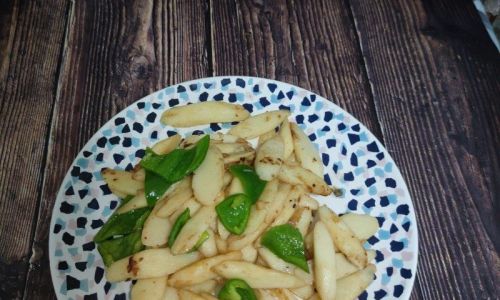
In the vast culinary landscape of Chinese cuisine, stir-frying stands as a cornerstone technique, celebrated for its ability to preserve the freshness, texture, and vibrant colors of ingredients while infusing them with layers of flavor. Among the myriad of vegetables that lend themselves beautifully to this cooking method, the Chinese yam, scientifically known as Dioscorea opposita, holds a special place. Also known as shan yao in Mandarin, this root vegetable boasts a delicate sweetness, creamy texture, and an array of health benefits that make it a staple in traditional Chinese medicine and modern kitchens alike.
In this comprehensive guide, we will delve into the intricacies of how to prepare and stir-fry Chinese yam, ensuring that every step, from selecting the perfect yam to mastering the stir-fry technique, results in a dish that is not only visually appealing but also bursting with flavor and nutritional value.
Section 1: Understanding Chinese Yam
1 Botanical and Culinary Background
Chinese yam belongs to the Dioscoreaceae family and is native to Asia, particularly China. Unlike its Western counterpart, the common yam, which can vary widely in appearance and taste, Chinese yam is characterized by its long, slender shape, smooth skin, and creamy white flesh. It is valued not only for its culinary attributes but also for its medicinal properties, which include enhancing digestion, nourishing the lungs and spleen, and promoting overall vitality.
2 Nutritional Benefits
Chinese yam is a nutrient-dense food, rich in dietary fiber, vitamins (such as vitamin C and B vitamins), minerals (including potassium, magnesium, and iron), and antioxidants. Its unique polysaccharides are believed to support immune function and improve glucose metabolism. Furthermore, its mild, sweet flavor and creamy texture make it versatile in both sweet and savory dishes.
3 Selecting and Storing Chinese Yam
When selecting Chinese yam, look for firm, smooth roots with no signs of softening, mold, or cracks. The skin should be a uniform tan color, and the flesh should be white when sliced. Avoid yams with sprouts, as these indicate that the root has started to lose its nutritional value.
Store Chinese yam in a cool, dark place with good ventilation. Ideally, it should be consumed within a few days of purchase, but it can be kept for up to a week if properly stored. For longer-term preservation, Chinese yam can be peeled, sliced, and frozen.
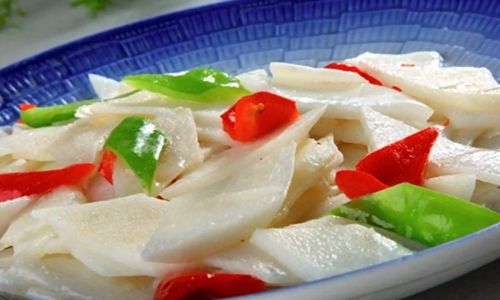
Section 2: Preparation Techniques
1 Peeling and Slicing
Before stir-frying, Chinese yam must be peeled and sliced. Due to its sticky nature, it’s advisable to wear gloves while peeling to avoid skin irritation. Use a sharp knife to slice the yam into thin, even pieces. The thickness of the slices can vary depending on your preference, but thinner slices will cook faster and retain a tender texture.
2 Blanching (Optional)
Blanching Chinese yam before stir-frying can help to remove excess starch, which can cause the dish to become gluey. To blanch, bring a pot of salted water to a boil, add the sliced yam, and cook for about 30 seconds to 1 minute. Immediately transfer the slices to an ice bath to stop the cooking process and maintain their bright color. Drain well before stir-frying.
3 Preparing Accompaniments and Sauce
Chinese yam pairs well with a variety of ingredients, including garlic, ginger, green onions, and bell peppers. For the sauce, a simple mixture of soy sauce, rice vinegar, sesame oil, sugar, and a pinch of salt and pepper provides a balanced flavor profile that complements the yam’s natural sweetness.
Section 3: Stir-Frying Chinese Yam
1 Heating the Wok or Pan
The key to successful stir-frying lies in the high heat and the use of a wok or a wide, flat-bottomed pan. Preheat your wok or pan over medium-high to high heat until it is very hot. This ensures that the ingredients sear quickly, locking in juices and flavors.
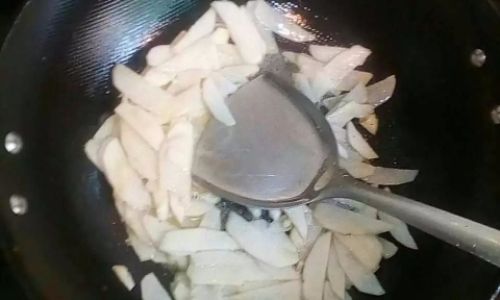
2 Adding Oil
Pour a small amount of oil into the preheated wok or pan. Vegetable oil, peanut oil, or sesame oil are all suitable choices. The oil should be hot but not smoking before adding the ingredients.
3 Stir-Frying Aromatics
Begin by adding aromatics such as minced garlic, sliced ginger, and chopped green onions. Stir-fry these for about 30 seconds to 1 minute until fragrant but not burnt. This step creates the foundation of flavor for the dish.
4 Adding Chinese Yam
Once the aromatics are fragrant, quickly add the prepared Chinese yam slices. Spread them out evenly in the wok or pan to ensure even cooking. Stir-fry continuously, using a spatula or wok spoon to toss the slices, for about 2-3 minutes, depending on their thickness. The goal is to achieve a light golden color and a tender-crisp texture.
5 Seasoning and Sauce
As the yam nears doneness, pour the prepared sauce over the slices and continue to stir-fry for another 1-2 minutes, allowing the sauce to coat the yam evenly and reduce slightly, creating a glossy finish. Taste and adjust the seasoning if necessary, adding a pinch of salt or a drizzle of extra sesame oil for depth.
6 Finishing Touches
For an added touch of freshness and color, you can stir in some chopped bell peppers, scallions, or cilantro at the end of cooking. These ingredients not only enhance the dish’s appearance but also provide a burst of flavor and texture.

7 Serving
Transfer the stir-fried Chinese yam to a serving dish immediately after cooking to prevent overcooking. Garnish with additional chopped green onions or sesame seeds for a presentation that is as inviting as it is delicious.
Section 4: Tips and Tricks for Perfect Stir-Fried Chinese Yam
1 Control the Heat
Maintaining high heat is crucial for stir-frying. This ensures that the ingredients cook quickly, retaining their texture and color. However, be mindful of not letting the oil smoke, as this can impart an unpleasant flavor to the dish.
2 Don’t Crowd the Pan
Overcrowding the wok or pan will lower the temperature and prevent even cooking. If necessary, stir-fry in batches to ensure optimal results.
3 Stir Constantly
Constant stirring is essential to prevent the ingredients from sticking to the pan and to ensure even cooking. Use a spatula or wok spoon that can reach the bottom and sides of the wok or pan effectively.
4 Adjust Cooking Time
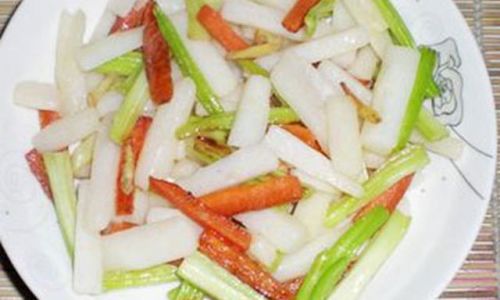
The cooking time for Chinese yam can vary depending on the thickness of the slices and the intensity of the heat. Be attentive and adjust accordingly to achieve the desired texture.
5 Experiment with Flavors
While the classic soy sauce-based sauce is delicious, don’t be afraid to experiment with other flavors. A drizzle of honey or a sprinkle of five-spice powder can add unique twists to your stir-fried Chinese yam.
Conclusion
Stir-frying Chinese yam is a delightful way to enjoy this nutritious and versatile vegetable. By following the steps outlined in this guide, from selecting the perfect yam to mastering the stir-fry technique, you can create a dish that is not only visually stunning but also bursting with flavor. Whether you’re serving it as a side dish or featuring it as the main attraction, stir-fried Chinese yam is sure to impress with its delicate sweetness, creamy texture, and array of health benefits.
As you delve deeper into the world of Chinese cuisine, remember that stir-frying is a technique that can be adapted and personalized to suit your taste preferences and dietary needs. Experiment with different ingredients, sauces, and cooking methods to discover your own unique twist on this timeless culinary art form. Happy cooking!
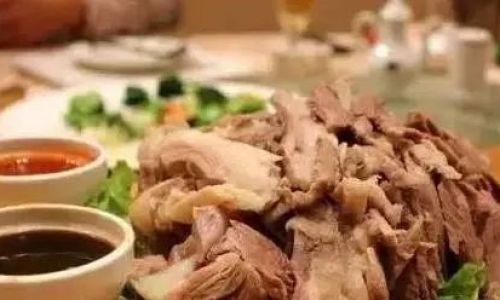
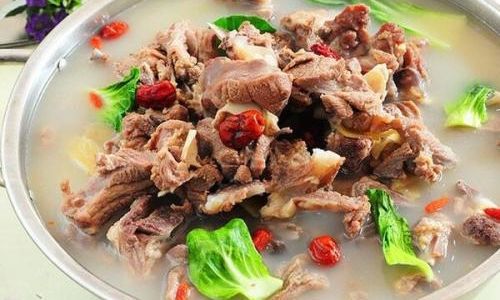

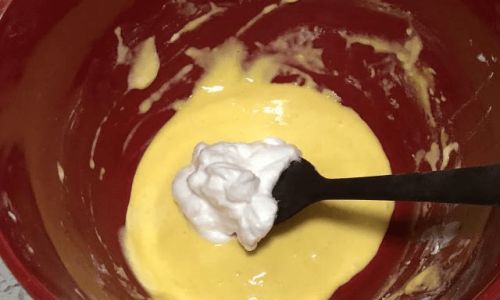
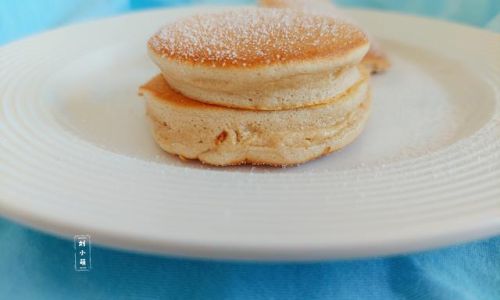
0 comments